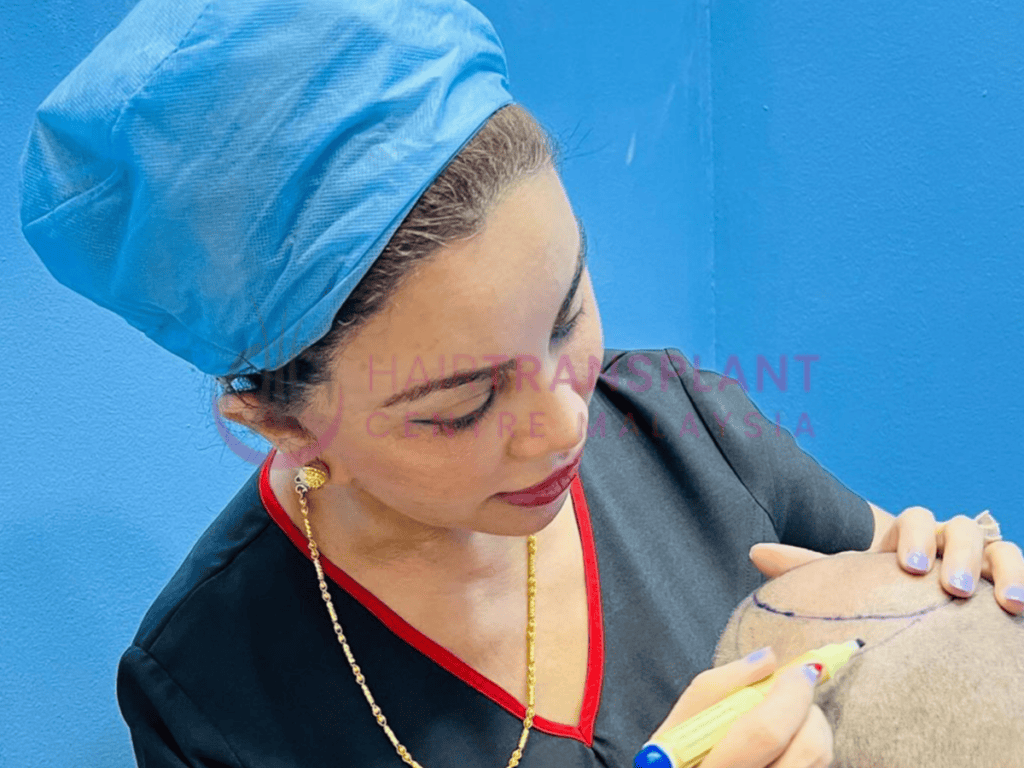Balding Crown: Why Does it Happen?
The crown is the highest point on the head, and while it is unknown why hair loss especially happens there, both sexes experience crown hair loss. Every year, millions of individuals throughout the globe suffer from hair loss, which is certainly not experienced in the same manner by everyone.
A bald patch on the crown is one of the earliest signs of male pattern baldness. However, this does not necessarily imply that you will finally lose every crown hair; it only indicates that you are likely to continue losing hair over time. Typically, hair loss near the crown is the earliest and most obvious indication of male pattern baldness. As hair loss progresses, you may notice that your crown progressively grows or becomes more noticeable.
Let us call you

Balding Crown: What causes the bald patch
Hormones and baldness are the major causes of bald patches on men’s heads, however they are not necessarily the only factors. In addition, other variables, such as stress, sickness, poor skincare practises, and tension, may contribute to your hair loss.
Dihydrotestosterone, or DHT, is a strong androgen created when testosterone is converted; it leads to the formation of bald patches on the head. Even though it is physically normal, this dihydrotestosterone (DHT) might have undesirable side effects. For instance, it is sensitive to your hair follicles, which may weaken, shrink, or cease generating new hair altogether when present.
Over time, hair follicles shrink due to their sensitivity to DHT. As the afflicted hair follicles shrink, the lifetime of each hair is shortened. Eventually, the afflicted follicles quit producing hair, or at least not the type of hair you’re accustomed to.
Balding Crown: Hair transplant for the crown baldness
FUE is a prevalent procedure for hair transplants in the current day. Depending on the patient and condition, the entire treatment might last between four and six hours. The patient may then recuperate at home or at a hotel.
During a FUE hair transplant, individual hair follicles will be extracted from donor areas on the back of the head and then transplanted to the afflicted crown region.
Within 14 days of the transplant, or typically 7 days following the transplant, you can resume routine hair washing. If required, one might wash their hair more frequently than once per day following the procedure. In the first two weeks after surgery, you may notice some redness in the donor and operated regions as well as some hair loss, but this is typical and you need not be concerned.
Between 2 and 4 months following the transplant, new hair should begin to grow from the transplanted follicles, and between 5 and 9 months, depending on the patient, a substantial volume of hair should return from the crown. After about 12 to 18 months, the majority of hairs implanted in the crown will emerge from the scalp, and the hair transplant recovery will be complete.
We at the Hair Transplant Centre Malaysia (HTCM) use the Manual FUE technique for crown hair transplants since it is the most modern technique and allows for a full and rapid recovery. HTCM provides the most effective hair transplantation service.
If you are interested in learning more about the transplant procedure and what to expect following the operation, you may phone us to chat with our doctor.


